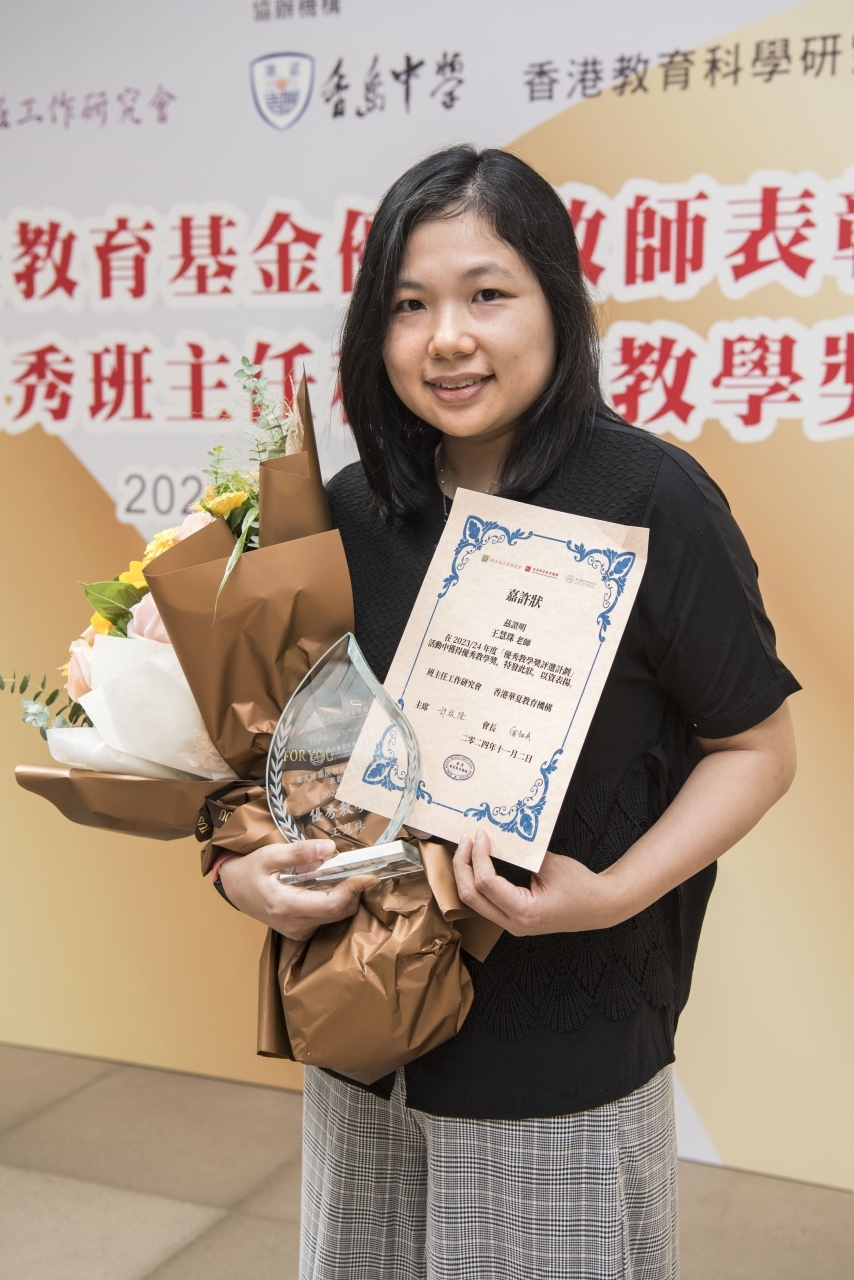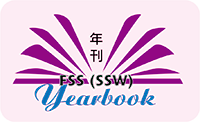
History tells us about the past and helps us understand the present and predict the future. Emperor Taizong of Tang once said: "Use copper as a mirror to adjust your clothes and appearance; use the past as a mirror to understand the rise and fall of things; use people as a mirror to understand gains and losses." History allows us to learn from the wisdom of our predecessors and the experiences of historical events, providing us with inspiration and direction for the future. Therefore, guiding students to understand the significance of this is essential for Chinese history teachers.
My classmates often ask me, "How should we read Chinese history?" I respond, "When reading history, you need to empathize with the people involved and immerse yourself in the story." I emphasize inquiry-based learning and utilize various teaching resources to guide students in analysis and understanding, thus creating a "three-dimensional" historical space. For example, when teaching ancient history, I provide a wealth of historical data, allowing students to step into the shoes of historical figures, understand their behaviors and motives, and generate "resonance." When teaching historical events related to war, I introduce many pictures, videos, maps, etc., to help students feel the cruelty of war. Through these "resonances" and "feelings," I hope to encourage students to engage more deeply with and reflect on the people and events of the past, rather than just blindly memorizing them.
I firmly believe that a Chinese history teacher is not only a transmitter of knowledge but also a bridge that connects students to history, guiding them to explore its meaning and helping them become better thinkers.





